Discover 10 hidden attractions, cool sights, and unusual things to do in Herne Bay (United Kingdom). Don't miss out on these must-see attractions: St Mary's Church, Herne Bay Museum and Gallery, and King's Hall. Also, be sure to include Central Bandstand in your itinerary.
Below, you can find the list of the most amazing places you should visit in Herne Bay (England).
Table of Contents
St Mary's Church
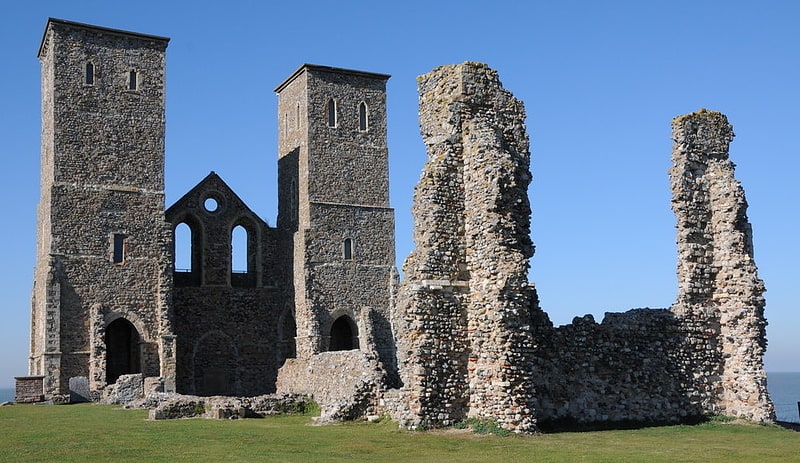
Abbey in Reculver, England. St Mary's Church, Reculver, was founded in the 7th century as either a minster or a monastery on the site of a Roman fort at Reculver, which was then at the north-eastern extremity of Kent in south-eastern England. In 669, the site of the fort was given for this purpose by King Ecgberht of Kent to a priest named Bassa, beginning a connection with Kentish kings that led to King Eadberht II of Kent being buried there in the 760s, and the church becoming very wealthy by the beginning of the 9th century. From the early 9th century to the 11th the church was treated as essentially a piece of property, with control passing between kings of Mercia, Wessex and England and the archbishops of Canterbury. Viking attacks may have extinguished the church's religious community in the 9th century, although an early 11th-century record indicates that the church was then in the hands of a dean accompanied by monks. By the time of Domesday Book, completed in 1086, St Mary's was serving as a parish church.
The original building, which incorporated stone and tiles scavenged from the Roman fort, was a simple one consisting only of a nave and an apsidal chancel, with a small room, or porticus, built out from each of the church's northern and southern sides where the nave and chancel met. The church was much altered and expanded during the Middle Ages, including the addition of twin towers in the 12th century; the last addition, in the 15th century, was of north and south porches leading into the nave. This expansion coincided with a long period of prosperity for the settlement of Reculver: the settlement's decline led to the church's decay and, following unsuccessful attempts to prevent the erosion of the adjacent coastline, the building was almost completely demolished in 1809.
The church's remains were preserved by the intervention of Trinity House in 1810, since the towers had long been important as a landmark for shipping: preservation was achieved through the first effective effort to protect the cliff on which the church then stood from further erosion. Some materials from the structure were incorporated into a replacement church, also dedicated to St Mary, built at Hillborough in the same parish. Much of the rest was used for the building of a new harbour wall at Margate, known as Margate Pier. Other, surviving remnants include fragments of a high cross of stone that once stood inside the church, and two stone columns from a triple arch between the nave and chancel: the columns formed part of the original church and were still in place when demolition began. The cross fragments and columns are now kept in Canterbury Cathedral, and are among features that have led to the church being described as an exemplar of Anglo-Saxon church architecture and sculpture.[1]
Address: Reculver Lane, CT6 6SS Herne Bay
Herne Bay Museum and Gallery
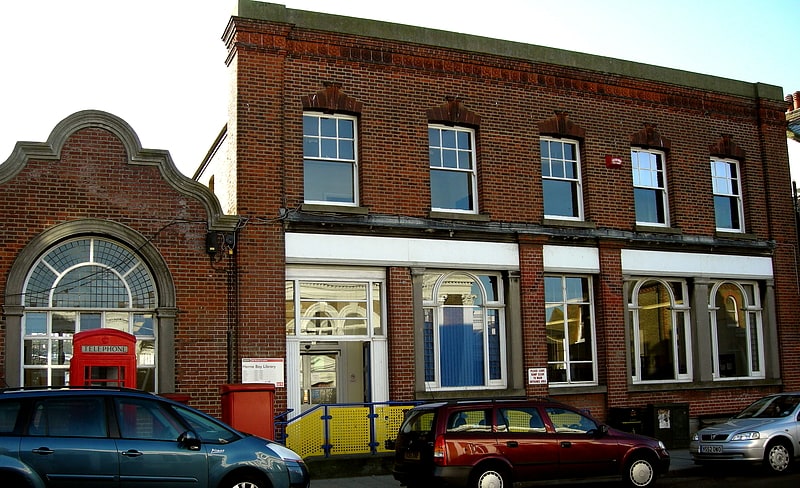
Museum in Herne Bay, England. The Seaside Museum Herne Bay is a local museum in Herne Bay, Kent, England. It was established in 1932 and is notable for being a seaside tourist attraction featuring local archaeological and social history, for featuring the history of the town as a tourist resort, for its local art exhibitions, and for its World War II bouncing bomb. The management of the Museum was awarded by Canterbury City Council to the Herne Bay Museum Trust, who reopened it in July 2015 as The Seaside Museum Herne Bay.[2]
King's Hall
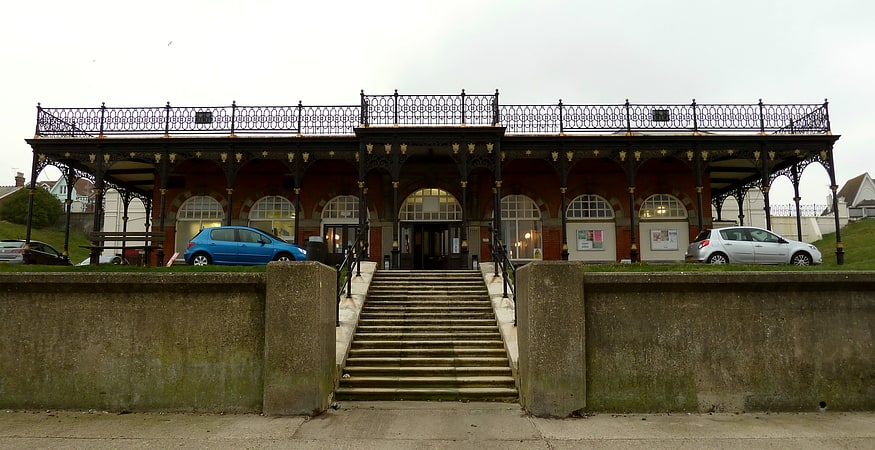
Theatre in Herne Bay, England. The King's Hall is a theatre, concert hall and dance hall at Herne Bay, Kent, England. It was built as The Pavilion in 1903–1904, developed as the King Edward VII Memorial Hall in 1913 in memory of the late king, and was being called The King's Hall by 1912 while still at planning stage. Both building phases were designed by the local Council surveyor F.W.J. Palmer, CE. The year 2013 was the centenary of the completion of the second and final phase of this building and its grand opening by Princess Beatrice on 10 July 1913.[3]
Address: Herne Bay, Beacon Hill, Herne Bay, Kent,, England CT6 5BA
Central Bandstand

The Central Bandstand, known as the Bandstand, in Herne Bay, Kent, England, was designed by H. Kempton Dyson in 1924, extended with an art deco frontage in 1932, and refurbished between 1998 and 1999. It is one of the coastal landmarks of the town. When first built, it was a popular venue for visiting military band concerts and for tea dances. Edwina Mountbatten spoke there on behalf of the Red Cross in 1939. In the 1920s and 1930s a red carpet would be laid across the road and up to the stage for the conductor of the brass band to walk from the Connaught Hotel which was directly opposite the Bandstand.[4]
Address: Herne Bay, Central Parade, CT6 5JN
Clock Tower
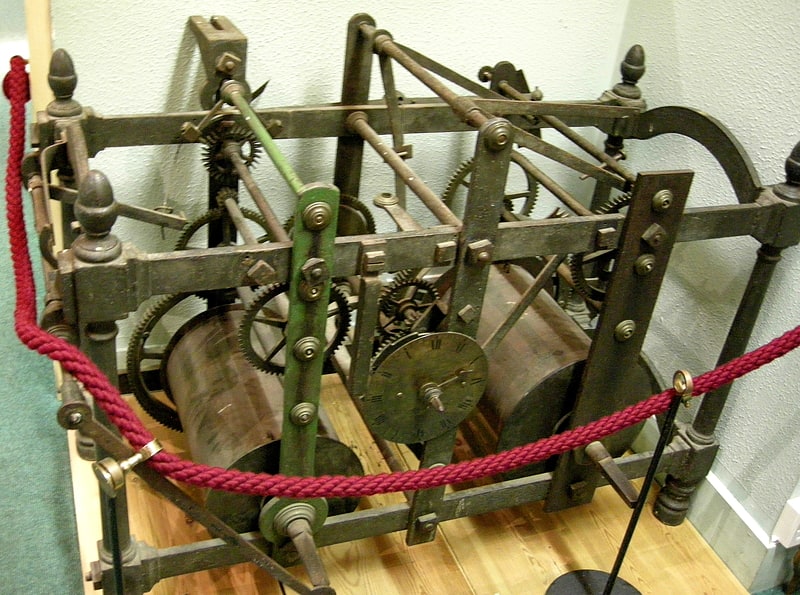
Historical landmark in Herne Bay, England. The Clock Tower, Herne Bay, is a Grade II listed landmark in Herne Bay, Kent, England. It is believed to be one of the earliest purpose-built, free-standing clock towers in the United Kingdom. It was funded by Mrs Ann Thwaytes, and now serves as a memorial to the fallen of the Second Boer War.[5]
Address: Central Parade, CT6 5LU Herne Bay
Curtis Wood
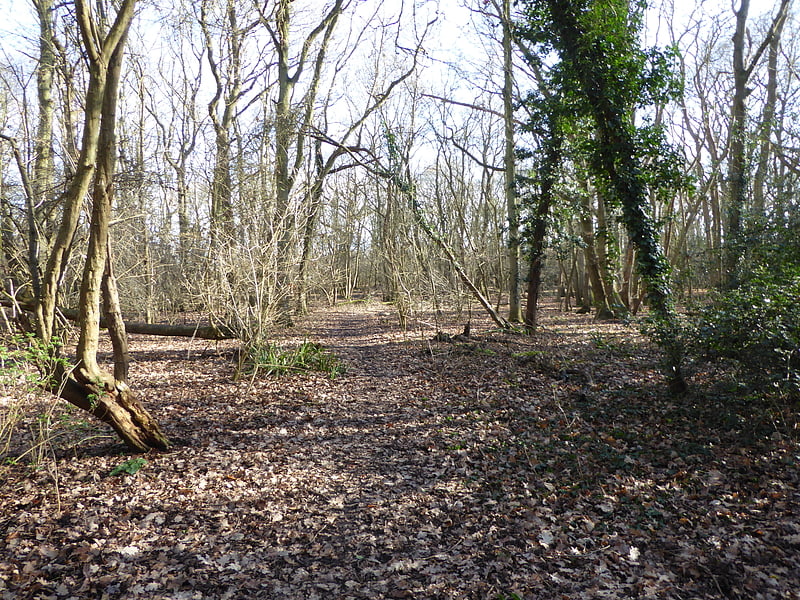
Nature reserve in England. Curtis Wood is a 5.3-hectare Local Nature Reserve in Herne in Kent. It is owned and managed by Canterbury City Council.
This wood has diverse ground flora including early purple and greater butterfly orchids. There is also a semi-improved meadow.
There is access from Canterbury Road.[6]
Church of St Mary the Virgin
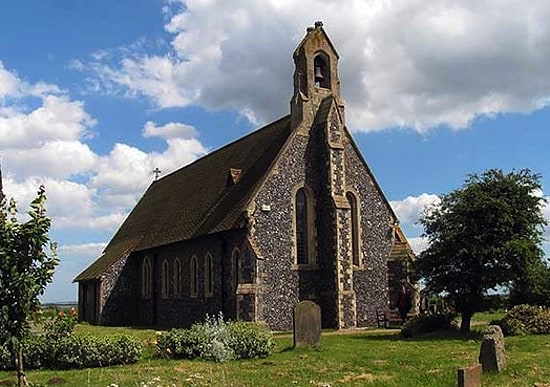
Church in England. The Church of St Mary the Virgin, Reculver, is an Anglican church on Reculver Lane in the village of Hillborough, in the parish of Reculver, in north-eastern Kent, England. Built between 1876 and 1878, it is the second such church on its site. The first, consecrated in 1813, was a replacement for a church of St Mary that was founded in 669 within the remains of the Roman fort at Reculver, about 1.25 miles to the north-east, but was mostly demolished in 1809.
The first church at Hillborough was poorly constructed, and was itself replaced by the present structure, designed by Joseph Clarke in the Gothic Revival style. It incorporates materials from the demolished church at Reculver, its baptismal font is probably from the medieval All Saints' Church, Shuart, that once stood on the Isle of Thanet, and it is included in the National Heritage List for England as a Grade II listed building.
The Church of St Mary the Virgin, Reculver, is an active parish church in the diocese of Canterbury, the archdeaconry of Canterbury and the deanery of Reculver. Its benefice is united with those of St Bartholomew, Herne Bay, and Holy Cross, Hoath.[7]
Address: 2 Reculver Ln, CT6 6SP Herne Bay
Herne Windmill
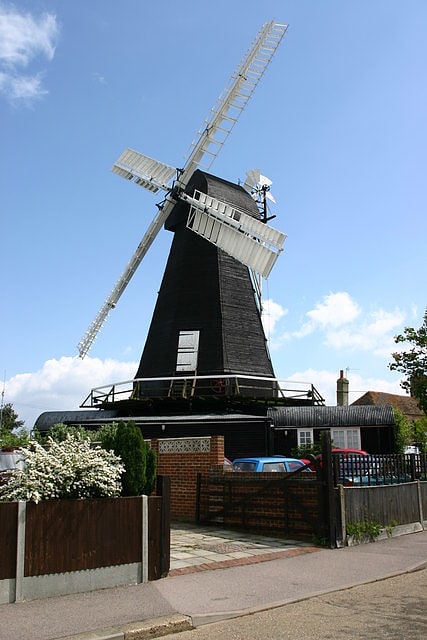
Historical landmark in Herne Bay, England. Herne Windmill is a Grade I listed smock mill in Herne, Kent, England, that was built in 1789.[8]
Herne Bay Pier
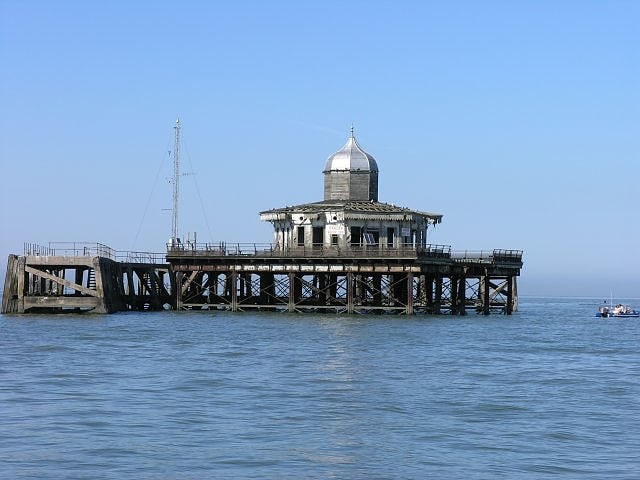
Children's amusement center in Herne Bay, United Kingdom. Herne Bay Pier was the third pier to be built at Herne Bay, Kent for passenger steamers. It was notable for its length of 3,787 feet and for appearing in the opening sequence of Ken Russell's first feature film French Dressing. It was destroyed in a storm in 1978 and dismantled in 1980, leaving a stub with sports centre at the landward end, and part of the landing stage isolated at sea. It was preceded by two piers: a wooden deep-sea pier designed by Thomas Rhodes, assistant of Thomas Telford, and a second shorter iron version by Wilkinson & Smith.[9]
Address: Pier Approach, CT6 5JN Herne Bay
Hampton-on-Sea
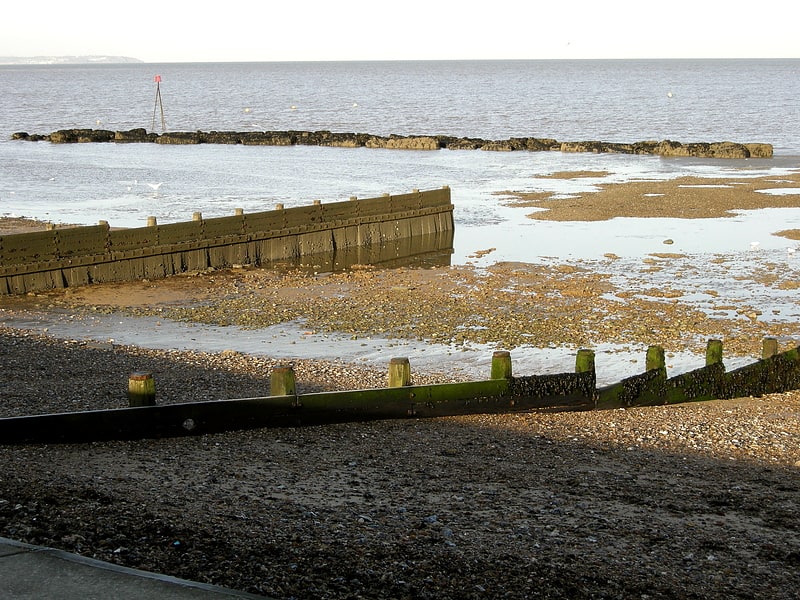
Village. Hampton-on-Sea is a drowned and abandoned village in what is now the Hampton area of Herne Bay, Kent. It grew from a tiny fishing hamlet in 1864 at the hands of an oyster fishery company, was developed from 1879 by land agents, abandoned in 1916 and finally drowned due to coastal erosion by 1921. All that now remains is the stub of the original pier, the Hampton Inn, and the rocky arc of Hampton-on-Sea's ruined coastal defence visible at low tide. The site is notable for sharing its history with the eccentric Edmund Reid. Reid was previously the Metropolitan Police head of CID who handled the Jack the Ripper case. In retirement he chose to champion the plight of the beleaguered residents of the settlement.[10]